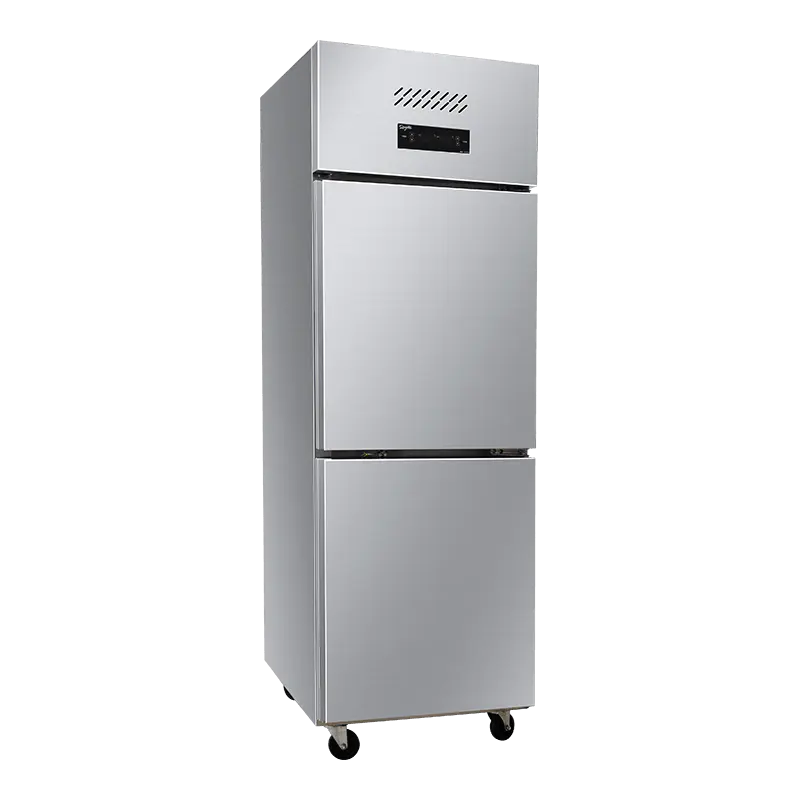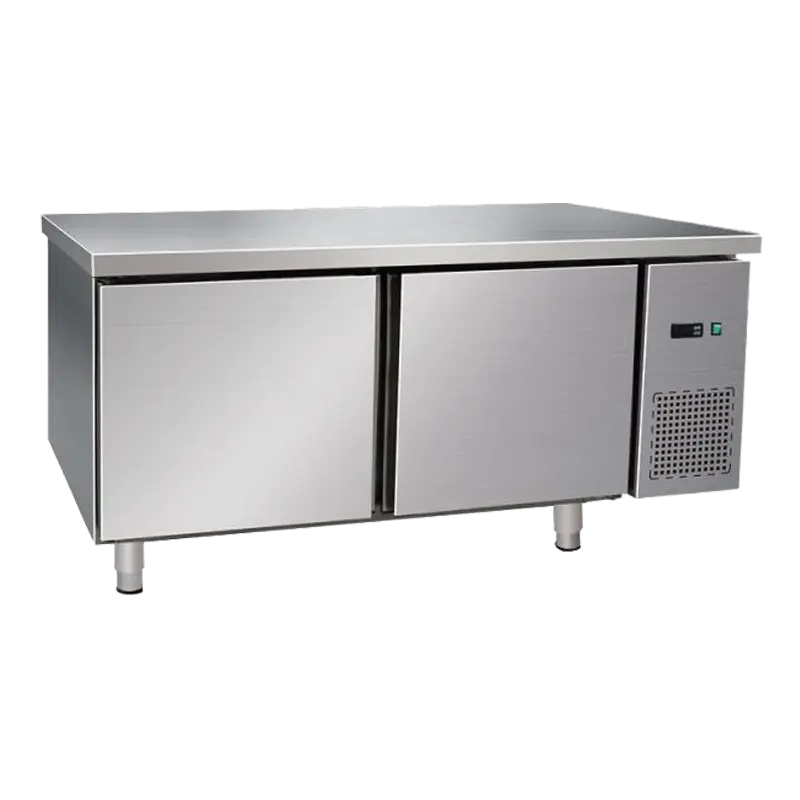The refrigerator is one of the most essential appliances in modern homes, yet we rarely stop to consider how revolutionary it truly is. Beyond simply keeping our food cold, refrigerators have shaped the way societies eat, shop, and live. Let’s dive into some fascinating and lesser-known facts about this indispensable invention.
1. The Refrigerator Revolutionized Food Preservation
Before refrigeration, food storage relied on salting, smoking, drying, or storing in icehouses. These methods were labor-intensive and often altered taste. The refrigerator allowed perishable foods like milk, meat, and vegetables to stay fresh longer, drastically changing diets worldwide.
2. The First Home Refrigerators Appeared in the 1910s
While iceboxes were common in the 1800s, the first electric household refrigerator was introduced in 1913 by Fred W. Wolf. By the 1920s, brands like Frigidaire and Kelvinator were producing models that made refrigeration accessible to middle-class families.
3. The “Ice Trade” Once Boomed Before Refrigeration
In the 19th century, massive blocks of natural ice were harvested from lakes and rivers, then shipped across continents. At its peak, the ice trade was a global industry, supplying ice to homes, hospitals, and even tropical countries before modern refrigeration replaced it.
4. Early Refrigerants Were Hazardous
The first refrigerators used dangerous substances like ammonia, sulfur dioxide, and methyl chloride as coolants. Leaks often caused accidents. It wasn’t until the 1930s that Freon (CFCs) was introduced—though later found to harm the ozone layer, leading to safer eco-friendly alternatives today.
5. Refrigeration Changed Grocery Shopping Habits
With refrigerators, families no longer had to buy fresh food daily. Supermarkets began to thrive in the 20th century because people could store bulk purchases at home. This directly influenced the rise of large food chains and global food distribution.
6. It’s One of the Biggest Energy Consumers at Home
On average, refrigerators run 24/7, making them one of the highest energy-consuming appliances in households. Modern designs, however, use significantly less power than older models—thanks to improved insulation, compressors, and inverter technology.
7. The Refrigerator Saved Countless Lives
Refrigeration has been crucial not only for food but also for medicine. Vaccines, insulin, and many life-saving drugs require cold storage. The global vaccine supply chain depends heavily on reliable refrigeration systems.
8. Smart Refrigerators Are Redefining the Kitchen
Today’s high-tech refrigerators do more than keep food cold. Some models come with touchscreens, cameras that let you check contents remotely, AI for food management, and even voice assistants. The fridge has evolved into a smart hub for modern kitchens.
9. The “Butter Spot” and Other Cold Myths
Many fridges feature a special compartment for butter. Ironically, butter doesn’t require extreme cold and can stay spreadable at room temperature. This highlights how design often blends functionality with consumer expectations.
10. Refrigeration Enabled Global Cuisine
The ability to transport and store food across long distances transformed world cuisine. Sushi in New York, cheese in Asia, or tropical fruits in Europe—all became possible because refrigeration extended freshness far beyond local availability.
Final Thoughts
The refrigerator may seem like an ordinary kitchen appliance, but it has transformed society in profound ways—shaping health, commerce, and culture. From ice harvesting to AI-driven smart fridges, its journey reflects human innovation and our evolving relationship with food.


 English
English русский
русский Español
Español عربى
عربى













